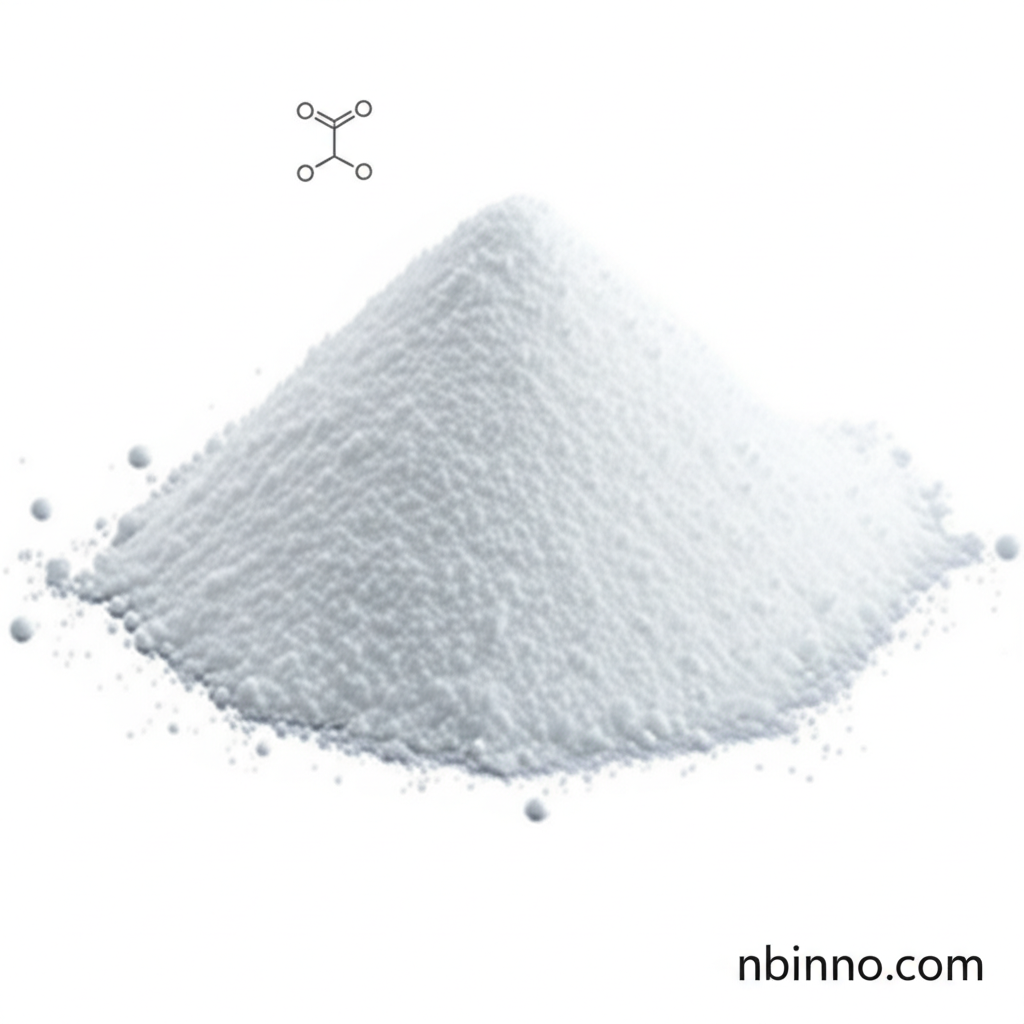Sodium Dehydroacetate: A Comprehensive Guide to its Properties, Applications, and Benefits
Discover the essential role of Sodium Dehydroacetate as a high-performance preservative in your formulations.
Get a Quote & SampleProduct Core Value

Sodium Dehydroacetate
Sodium Dehydroacetate (CAS 4418-26-2) is a vital chemical compound renowned for its robust preservative and antimicrobial capabilities. It serves as a crucial ingredient in ensuring the longevity and safety of a wide array of consumer products, particularly in the cosmetics and food industries.
- Explore the extensive sodium dehydroacetate uses as a preservative in various product formulations, protecting against microbial spoilage and degradation.
- Learn about the sodium dehydroacetate cosmetic grade properties, including its efficacy in preventing bacterial and fungal growth in skincare and personal care items.
- Understand the role of sodium dehydroacetate food additive capabilities, focusing on its application as a fungicide and its effectiveness in extending the shelf life of processed foods.
- Investigate the specific sodium dehydroacetate cas 4418-26-2 data, covering its chemical structure, molecular weight, and compliance with quality standards like GB25547-2010 & FCC.
Key Advantages of Using Sodium Dehydroacetate
Broad-Spectrum Antimicrobial Action
Benefit from Sodium Dehydroacetate's potent action against a wide range of microorganisms, including bacteria, fungi, and yeast, ensuring comprehensive product protection.
Paraben and Formaldehyde-Free
This ingredient offers a safer alternative, aligning with consumer demand for paraben and formaldehyde-free formulations, crucial for the sodium dehydroacetate cosmetic applications.
Enhanced Product Shelf Life
By inhibiting microbial contamination, Sodium Dehydroacetate significantly extends the shelf life of products, maintaining their quality and efficacy.
Key Applications
Cosmetics and Personal Care
Sodium Dehydroacetate is widely used as a preservative in skincare, haircare, makeup, and other personal care products due to its antimicrobial properties.
Food Industry
Approved in many regions, it functions as a food additive and preservative, particularly effective against molds and yeast in various food items.
Pharmaceutical Stabilizer
Its stabilizing properties also lend themselves to certain pharmaceutical formulations, ensuring drug integrity.
Industrial Uses
Beyond consumer goods, it finds application in industrial settings as a preservative for glues and cleaning solutions.
